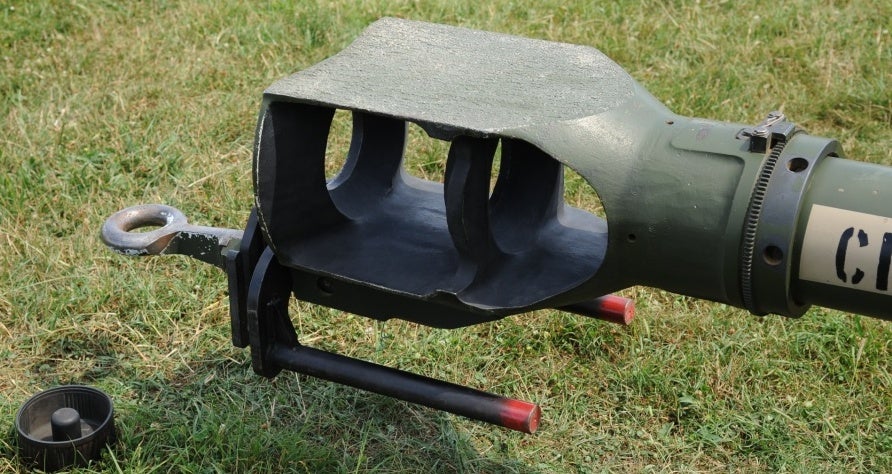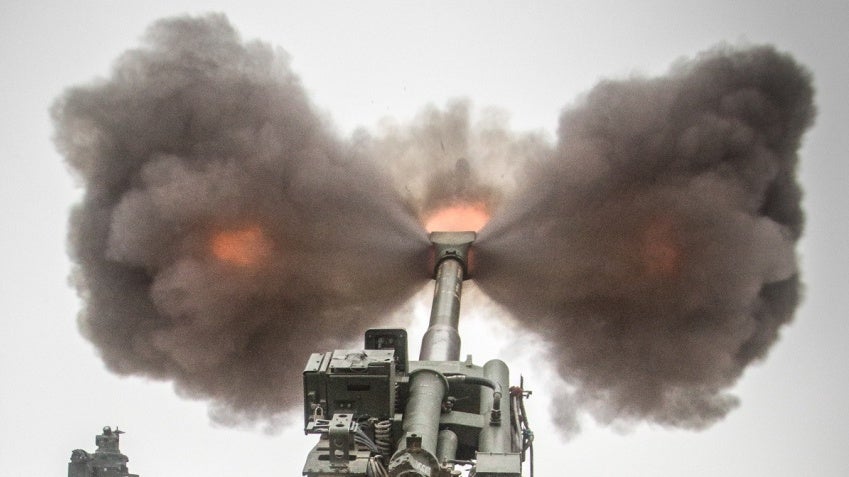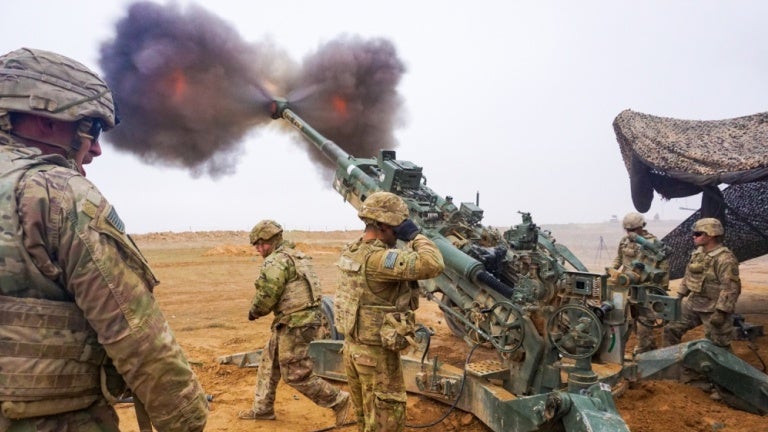US Army Wants New Innovative Artillery Muzzle Brakes
Another set of US Department of Defense solicitations has been published on the website of a US government program called SBIR (Small Business Innovation Research). This program includes a huge variety of different projects initiated by all branches of US Armed Forces. In this article, we’ll discuss a US Army solicitation for designing an innovative muzzle brake for artillery guns.

The Army wants new muzzle brakes for the extended range cannon artillery. The new muzzle brakes must be 30% lighter than the comparable existing muzzle devices yet provide improved recoil mitigation and signature reduction, as well as a higher level of operator safety. The new muzzle brakes must also be usable with saboted ammunition. The solicitation text notes that such results can possibly be achieved thanks to “recent advances in multi-disciplinary design optimization and additive manufacturing techniques“.

Below you can find an excerpt from the solicitation text describing the phases of implementation of this project:
PHASE I: Model and simulate the operational performance of proposed muzzle brake designs that meet the weight reduction requirements. Simulate mechanical wear over the lifecycle of the brake. Conduct an analysis of alternatives to select the prototypes to be delivered in phase II. Perform a preliminary validation of the manufacturing concept, and prepare initial production cost estimates for the designs under consideration.
PHASE II: Produce at least one prototype muzzle brake to be tested on a large caliber army platform identified during the phase I effort. Perform live fire tests with either a government-furnished weapon system or on a representative test fixture. Extrapolate wear to the muzzle brake using computer modeling or through simulation on a physical a test fixture. Document recoil, acoustic and optical signature, and muzzle blast (temperature and atmospheric pressure profile). Perform final design refinements. Model performance and make refinements to the prototype design.
PHASE III: Conduct a live fire demonstration of the final prototype in an operational environment with involvement from the prime contractor for the weapon system. Explore potential small arms applications for both military and private sector customers.
I wonder if any of the existing most efficient and lightweight small arms muzzle devices can be scaled up and used for this purpose? I think the small arms segment of the industry has reached some advanced results in designing muzzle devices and I won’t be surprised if such an adaptation takes place.
Images from www.dvidshub.net

